Hey parents, this new normal ain’t ok
Two hundred years ago, English poet William Wordsworth bemoaned man’s preoccupation with the material world and our lost connection to nature and what truly matters. Can you relate? We are so attuned to the rhythms of social and daily commerce around us that new realities normalize and we settle for them. Even when they aren’t remotely acceptable.
This is the U.S. today:
- 54% of kids are sick, fat, and at risk for developmental delays: they have allergies, asthma, ADHD, autism, arthritis, apraxia, anxiety disorders, and that’s just the A’s
- #1 infant death rate*
- #1 maternal mortality rate*
- #2 preterm birth rate* (1 in 8)
- #5 C-section rate* (1 in 3 and double the rate of countries with the best infant and maternal outcomes)
* rank among developed countries
The new childhood normal is deeply unsettling. What’s a mama to do?
Pillars of radiant health
Whenever there’s a health issue, medical anthropologist Syd Singer suggests we ask: What am I doing that may be causing the problem? Intrepid parents are asking the question. To find answers, we’re scouring the scientific literature, consulting researchers, acknowledging anecdotal and clinical experience, examining global best practices, and accessing ancestral wisdom.
When it comes to my family’s health, I rely on a few foundational principles that serve as guideposts for the many issues that come up. If you’re already pregnant or hoping to be soon, this two-part series focuses on the important things you can do to give your baby the best chance for a healthy start (and it’ll help the rest of your family, too). Preconception, they apply to mom and dad (and it pays to start early). Post birth, they apply to everyone. Here are the three pillars of radiant health:
PILLAR #1: RESPECT THE MICROBIOME
Human health, immunity, and well-being pivot on a vast microbial foundation called the human microbiome. This is the total complement of microorganisms residing in and on our skin, and deep inside the body, including but not limited to the full length of our mucosal linings, from our nasal and oral membranes down through the gastrointestinal tract and beyond. One hundred trillion microbes — as many as three pound’s worth — call us home. The microbiome is an entire ecosystem teeming with 10,000 species of bacteria, fungi, yeasts, and more. Most of these microbes are benign or actively protective and productive. Watch this fantastic TEDx talk by researcher Jeroen Raes.
We owe a lot to our microbiome. It houses over two-thirds of our immune system. It produces important vitamins, such as B12 and K2. It synthesizes our own private stash of “feel good” chemicals, like dopamine, serotonin, and GABA. It inhibits colonization of pathogens by competing for attachment sites and essential nutrients (how cool is that?). New research offers tantalizing connections between the microbiome and what ails us, including:
- obesity and metabolic syndrome
- diabetes
- depression, stress, and anxiety
- pain and inflammation
- sleep disorders
- diminished cognitive function
Among other studies, the NIH is looking to better understand the vaginal microbiome during pregnancy. Fantastic, right? It’s a brave new microbial world.
Protect your microbiota. They are the guardians at the gate and the wizard behind the curtain. There’s an unfathomable intelligence in these bugs. Thank God.
PILLAR #2: FOOD IS MEDICINE
It’s not just a matter of giving our engines good fuel to keep our bodies running efficiently. There’s an entirely separate idea that shouldn’t be revolutionary, but it is. It is the idea that food is medicine. For real. It can heal us. If we change how we eat, we can change our lives. The corollary, of course, is that, if food is so important, then the wrong food can be harmful and increase our risk of chronic illness.
Tempted though we might be on occasion, we can’t, don’t, and shouldn’t eat all day. We’re busy and we’re probably not getting what we need. We want every bite we take to count. This is true for baby, too. It’s why you will hear that we must eat densely. We’re talking about food that’s chock-full of of the good stuff we need to power up, build and repair tissues, and sustain life. The collection of chemical reactions in which our bodies engage to convert or use energy is called metabolism. Digestion, respiration, elimination, and circulation. It’s what keeps us alive and kicking. Metabolism uses nutrients. Carbs, fats, and proteins provide 100% of the body’s energy. Vitamins and minerals are “co-factors” the body needs for metabolism to take place.
There’s a food revolution underway. It’s highlighting the many different ways to eat and providing a “feast” of new research and cutting edge ideas, with online and community-based education, conversation, and support. People are doing phenomenal things for their health with food.
Changing how and what you eat can help your body to be more efficient at doing what it does best: keeping you alive and helping you thrive.
PILLAR #3: LESS IS MORE
We are a consumerist society. We love stuff and believe that the latest is the greatest. We embrace better living through innovation in science, medicine, and technology, which we equate with progress. If one is good, more is better, and before we know it, we find ourselves wanting as much as possible of something we never really needed in the first place. This is why reality shows feature Hoarders and Storage Wars, PODS appear on front lawns, and 70% of Americans take prescription drugs (and 19 million abuse them).
It’s my nature to jump in and take action, but that’s not the case when I’m addressing my children’s health. I start with the premise that less is more. Our bodies hold more intelligence about what we need to be well than I could ever hope to acquire and orchestrate on my own. I have a definite bias against medical interventions. All things equal, I prefer to say “no, thank you” to a drug, treatment, or a procedure, especially when one (or more) of these things is true:
- There’s no emergency.
- It’s something new.
- I don’t understand it.
- It sounds too good to be true.
- I don’t think we need it.
- There are risks.
- I’m feeling pressured.
- It makes me nervous.
- There’s a PR firm behind it.
As pediatrician Larry Palevsky says to fretting parents: “Don’t just do something. Stand there.”
The toxins in allopathic drugs and medical treatment are just one category of toxic environmental exposure. It’s a numbers game and less is definitely more. Contrary to what you might hear, there’s no debate. Environmental toxins are absolutely implicated in most of what ails us, from illness, autism, and cancer to brain damage and birth defects. Beware when people say: “the body can handle it,” “the risk is worth the benefit,” or “the genie is out of the bottle.” They’re trying to comfort themselves or convince you to do something you may not want to do. Here’s what I can say for sure:
- Everyone isn’t born with the same genetic strengths and vulnerabilities.
- Everyone doesn’t inherit the same degree of transgenerational toxicity.
- Everyone doesn’t live in the same place and do the same things.
- Our world is more toxic.
- Less is better.
- If you’re worried, pay attention. You’re onto something.
- It’s not their body. It’s yours.
We’re not in control of all our toxic exposures. However, we are in control of many of them. Choosing non-toxic substitutes can make a big difference, particularly since we’re subjected to some of these substances multiple times a day, or all day and all night, over very long periods of time. We apply toxins directly in and on our bodies, and on things that come into contact with our bodies. This includes all the activities that comprise our waking and resting moments, when we eat, drink, clean, cook, primp, wash, brush, protect, entertain, travel, medicate, decorate, renovate, fix, furnish, exercise, work, romp, and sleep.
We should decrease toxic overwhelm to be kind to our precious organs and pathways of detoxification and excretion. When they’re not optimized, bad things start to happen.
***
Anchored by these three pillars of health, we’re ready for some specific recommendations. Check back tomorrow for Fearless Parent’s Top 7 Ways to Keep Baby Safe.
Note: the information contained in this email is not medical advice and does not replace guidance from a qualified medical professional.
Louise finds comfort in the idea that health and illness aren’t mysterious, and many of the most important things that keep us well are within our control.

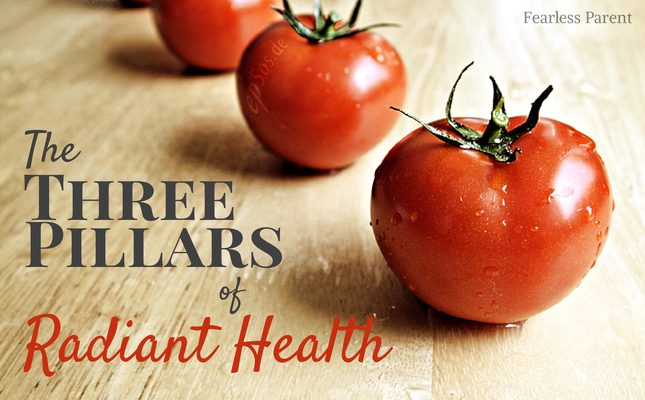
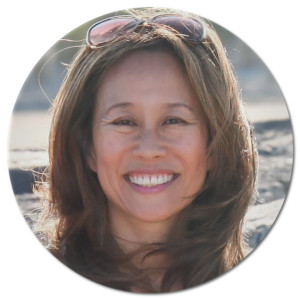
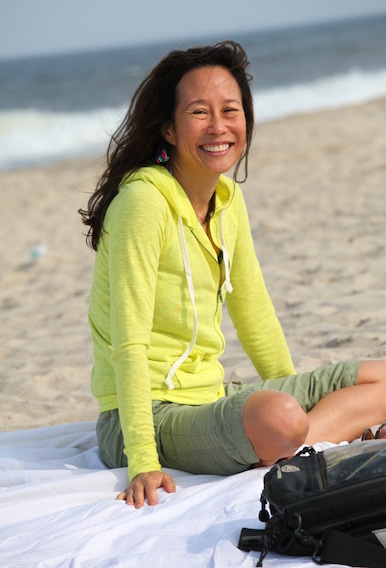

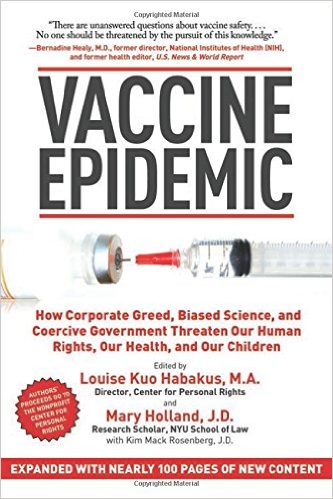


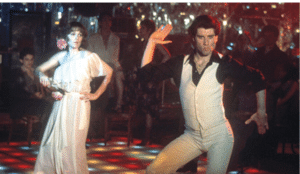

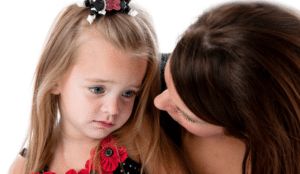
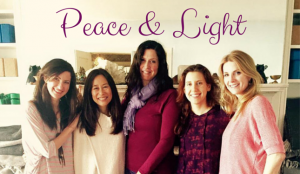
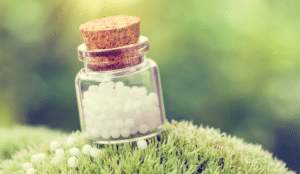
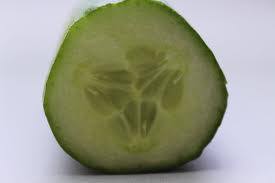
Trackbacks/Pingbacks